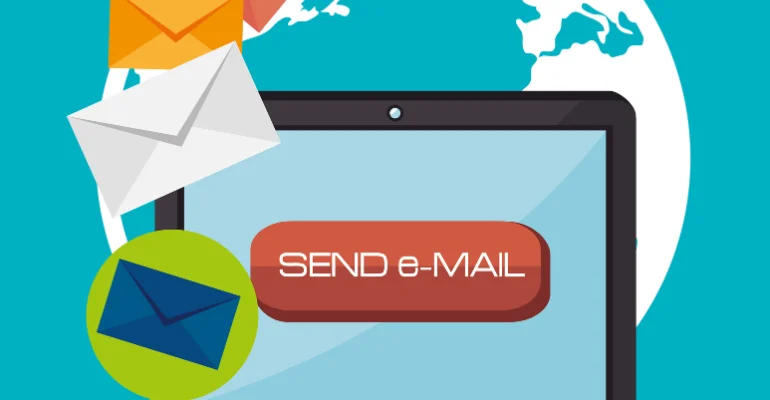Intricacies of Brand Visibility:
In the digital age, where every brand vies for attention, understanding and measuring brand visibility is paramount. It’s not just about being seen; it’s about being recognized, trusted, and remembered. This blog delves into the multifaceted metrics that define brand visibility, offering insights into how to measure and enhance your brand’s presence in the market.
The Essence of Brand Visibility
Brand visibility is the cornerstone of a successful marketing strategy. It’s the measure of how well your brand is perceived and remembered by your target audience. This perception is shaped by various factors, including website traffic, search engine rankings, social media reach, and the frequency of brand mentions across media outlets. These metrics provide a holistic view of your brand’s presence in the digital landscape, guiding strategic adjustments for greater impact .
Key Metrics for Measuring Brand Visibility
– Website Traffic: This metric gauges the number of visitors to your website, indicating the interest level and engagement with your brand.
– Search Engine Rankings: SEO metrics like keyword rankings and organic search traffic offer insights into how effectively your brand is reaching potential customers through search engines.
– Social Media Reach: The number of followers and engagement rates on social media platforms reflect the brand’s popularity and the level of interaction with your audience.
– Volume of Mentions: The frequency of brand mentions across various media outlets, including social media, news articles, and blogs, provides a measure of your brand’s presence in the public discourse.
– Presence Score: A composite metric that combines various visibility indicators to provide a comprehensive view of your brand’s visibility across different platforms.
– Share of Voice: This metric evaluates your brand’s share of the conversation in the market, indicating its relevance and influence .
Strategies to Enhance Brand Visibility
A successful visibility strategy requires a well-orchestrated approach, focusing on understanding your brand’s marketplace presence, identifying the most effective marketing channels, and consistently measuring and refining your approach based on real data. Here are some strategies to consider:
– Utilize Digital PR for Visibility & Link-Building: Leverage digital public relations to increase your brand’s visibility and build high-quality backlinks.
– Invest in High-Quality Content: Your written content should be engaging, informative, and visually appealing to attract and retain your audience.
– Short-Form Videos: Investing in short-form videos can significantly boost your brand’s visibility on social media platforms, making your content more accessible and shareable.
– Notify About Mentions: Stay informed about when your brand is mentioned across the web to respond promptly and positively, enhancing your brand’s reputation.
– Maintain Visual Consistency: Ensure your brand’s visual identity is consistent across all platforms to reinforce brand recognition.
– Collaborate with Nano Influencers: Partnering with nano influencers can help you reach a wider audience with less investment.
– Be Creative: Innovative marketing strategies can set your brand apart and increase its visibility in a crowded market .
The Role of SEO in Brand Visibility
SEO plays a pivotal role in enhancing brand visibility. By optimizing your website for relevant keywords, improving your site’s user experience, and building high-quality backlinks, you can increase your brand’s visibility in search engine results. This, in turn, can lead to increased brand authority, higher conversion rates, and long-term company growth. Moz’s Brand Authority metric is particularly useful for measuring the total strength of a brand, helping you understand how important your brand is to search engines .
SEO Tactics for Building Brand Visibility
To build brand visibility through SEO, consider the following tactics:
1. Build Topical Authority: Focus on topics that are important to your brand values and industry. This helps establish your brand as a subject matter expert and builds trust with your audience .
2. Optimize for Branded Keywords: Increase brand keyword searches by optimizing your content for branded keywords. This shows the market that your brand is trusted and can lead to direct searches for your brand or products .
3. Promote Your Content: Share your content across multiple channels to increase visibility. This can include email marketing, social media, and paid advertising .
Engaging with Journalists for Media Coverage
Proactively seeking media coverage can significantly boost your brand’s visibility. Pitching interesting stories about your brand to journalists and influencers in your niche can expose your brand to a larger audience and build credibility. Tools like Media Monitoring can help you track online mentions of your brand, providing valuable insights into the reach, influence, and sentiment of the mentions .
Resurfacing Your Best Blog Content
Don’t let your best blog content disappear into the ether. There are plenty of ways to resurface your best blog content so it gets more visibility than just a day or two on your blog’s homepage. This includes promoting your content through email newsletters, social media, and other marketing channels to ensure it reaches a wider audience .
Conclusion
Brand visibility is not just about being seen; it’s about creating a lasting impression that resonates with your audience. By understanding and measuring these key metrics, and employing strategic approaches to enhance your brand’s visibility, you can build a recognizable and trusted brand in today’s fast-paced digital world. Remember, the journey to increased brand visibility is a marathon, not a sprint. Consistency, adaptability, and a data-driven approach are the keys to success.
Embrace the challenge of making your brand not just seen but unforgettable. With the right strategy and a keen understanding of your audience, you can elevate your brand’s visibility to new heights, ensuring a legacy of connection and impact .














